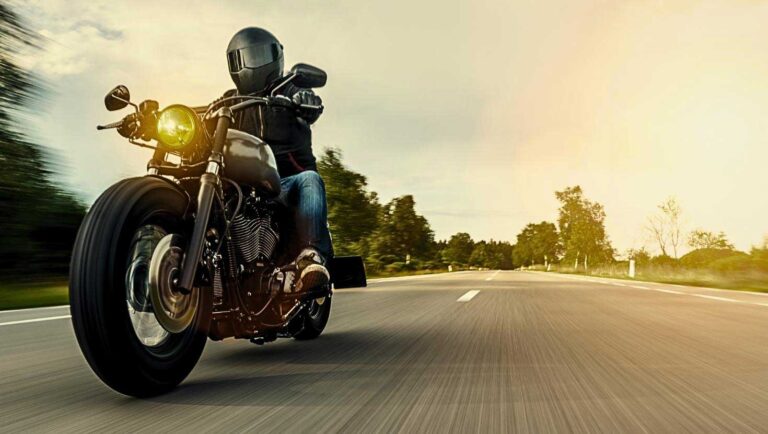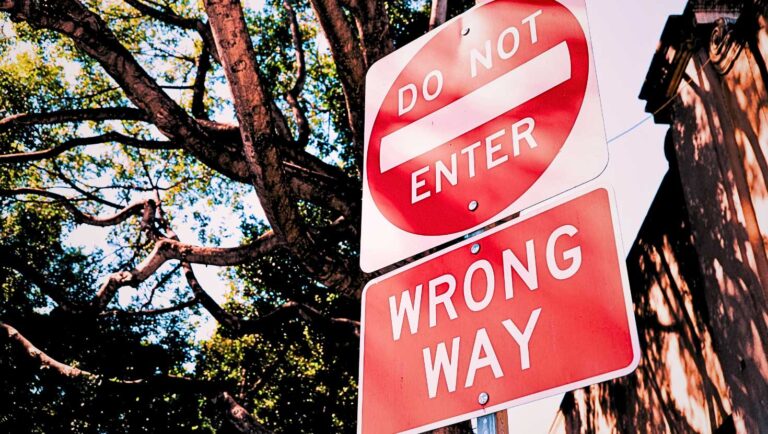Summer Safety Tips for Cyclists
Warmer weather is upon us, which calls for cyclists to strap on their helmets and hang up their car keys to begin commuting by bicycle. Biking is a great form of exercise, a great way to save money on gas, and is overall a fantastic alternative to driving around town. While learning to ride a bike is a staple in many childhoods, there is no official graduation to learning how to safely share the road with motorists. Here are bike safety tips for the summer season.
Maintain Your Bicycle
Breaking down on the side of the road is not only a pain but very dangerous. Just like a car, your bike deserves proper attention and maintenance to ensure you can trust it to carry you wherever you need to go. Follow these tips to help maintain the health and durability of your bike.
1. Clean and Lubricate Your Chain
Take a disposable rag, and an old toothbrush to clean the built-up oil and gunk that has accumulated in the chain and sprockets. Once the chain is clean, take some bike oil and place a drop along the inside of every link on your chain for a smoother ride. Letting grime and mud build-up on the chain significantly shortens the life expectancy of the bike, so for best results do this on a regular basis.
2. Check Your Tire Pressure
Once every couple of weeks, check your tire pressure to make sure you are not putting extra strain on your bicycle. Keeping your tire pressure low makes them more susceptible to flats and takes more energy to maintain a good speed while biking. On the other hand, over-pumping risks cracks, and blown tires while on the road. Your best bet is to use a floor pump with a pressure gauge to check that you are within your bike’s suggested pressure limit.
3. Do Your Basic Maintenance Checks
Regularly check to ensure all screws and bolts are where they belong and are secured. This is especially important concerning the handlebars and brake levers. Take a wrench and adjust the barrels on the brake lever which moves the pads closer to the rim, resulting in a quicker, more accurate stop.
How to Prepare for a Ride
Whether it is a relaxing bike ride through a local park or a ride to work, there are certain preparations cyclists must do to be safe on the roads.
1. Have the Appropriate Attire
Regardless of whether helmets are required by law in your area, it is always essential to protect yourself from serious injury. Furthermore, wearing bright, reflective colors makes you more visible to the drivers.
2. Know the Written & Unwritten Rules of the Road
Rules of the road are similar to both the bike rider and car driver. Cyclists must signal lane changes, passing on the left, obey road signs, and yield to pedestrians. As an unwritten rule, riding a good distance away from the curb gives you space to avoid parked cars, potholes, and any debris that may be on the side of the road. As well, driving defensively applies to cyclists – never assume a car will yield to you. Take extra precautions and pay extra attention to avoid potential danger while sharing the road.
3. Plan Your Route
Cities are a jumble of side streets, bike lanes, and park paths that act as safer alternatives to the main streets for cyclists. Before heading out, take a couple of minutes to picture a route to your destination that may be more efficient for a biker. Keep in mind that this path may not be the same route you would take driving a vehicle. Take advantage of the compact form of transportation to take shortcuts, park paths, and bike lanes as much as possible to cut your commute time down by avoiding morning traffic.
What To Do on the Road
Preparing for your ride can help alleviate stress and safety concerns, but certain things need to be practiced on the road. The golden rule is, if you won’t do it in a car, do not do it on a bike.
1. Don’t Ride Distracted
Distracted driving does not just apply to motorists. Texting, eating, calling, and wearing headphones are all distractions that can endanger those on the road. Distracted cycling can cause serious accidents between motorists, cyclists, and pedestrians. If something comes up that requires attention to be taken off the road, pull over,
2. Signal Your Intentions
Using hand signals to signify your intentions will give motorists notice of where you are headed and can help avoid a collision. Just like using blinkers in a car, communication of intention is extremely important to creating a safe environment.
3. Watch Your Speed
In busy areas, it may feel nice to bypass cars parked in endless lines of traffic but going too fast is dangerous to everyone on the road. Cycling too fast can prevent cars from seeing you approach, giving them little to no time to stop. Similarly, going too quickly can give you little to no time to stop for a pedestrian that you have not seen. It is important to be cautious of your speed to prevent unnecessary collisions.
CLG Injury Law has over 35 years’ experience advocating for Atlantic Canadians who have suffered injuries following a motor vehicle accident. For more articles and safety tips, go to https://cantiniinjurylaw.ca/blog/ or subscribe to our newsletter.








